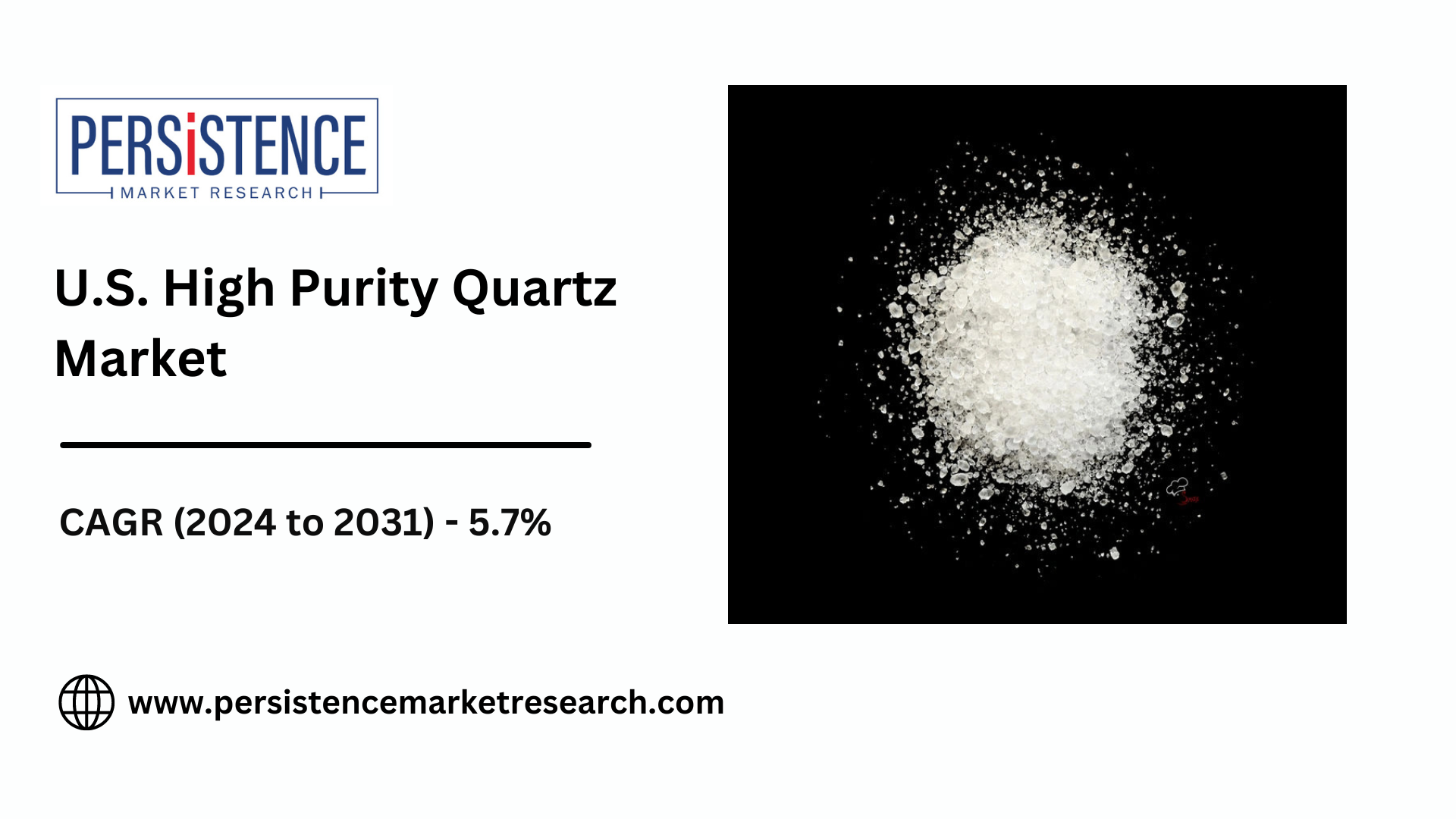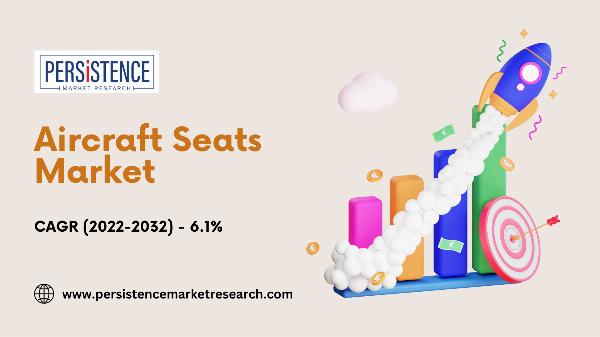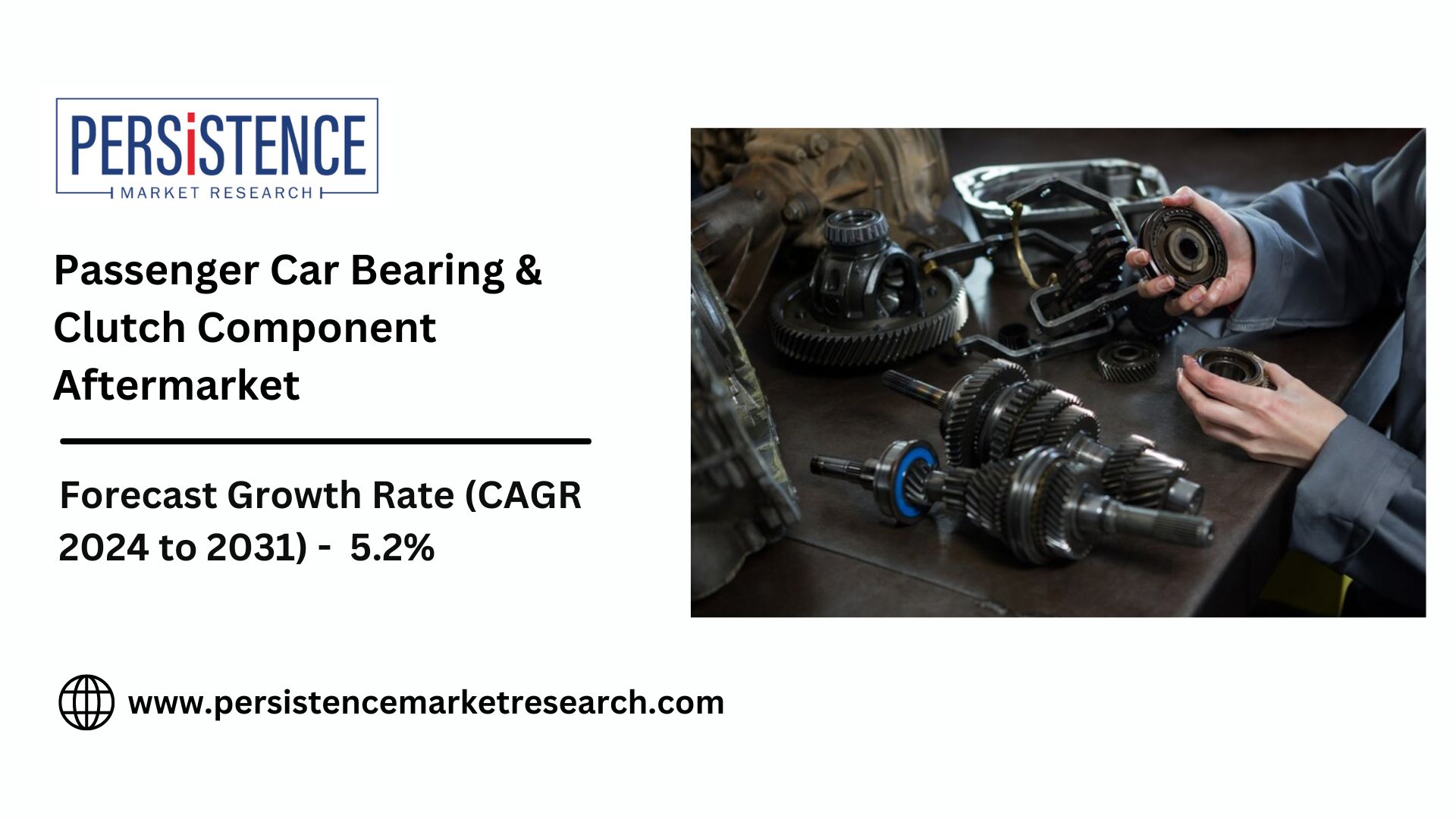 AI Blog Generation – Mass Content at Lightning Speed!
AI Blog Generation – Mass Content at Lightning Speed!
Forging Lubricants Market Trends and Projections
Written by Pooja » Updated on: June 17th, 2025

Market Size & Share (2023-2033)
The global Forging Lubricants market is poised for significant growth, projected to reach US$ 759.9 million in 2023 and US$ 1,310.4 million by 2033, achieving a steady CAGR of 5.6%. The sales of Forging Lubricants were US$ 724.0 million in 2022, with a forecasted demand of US$ 759.9 million for 2023. This market encompasses various metal-forming operations, including hot, warm, and cold forging processes, utilizing lubricants such as water-based graphite, oil-based graphite, and synthetic options. Historically, from 2017 to 2022, the market experienced a slow growth of 0.2% due to disruptions in the automotive sector caused by the COVID-19 pandemic. However, the upcoming years promise robust expansion, driven by rising demand in the automotive, aerospace, and construction industries, particularly in the APAC region. Countries like India and China are set to increase their consumption of environmentally friendly forging lubricants, supported by stricter greenhouse gas regulations, while Germany continues to enhance its market presence through increased R&D investments in automotive manufacturing.
The forging lubricants market is witnessing significant changes, driven by evolving industrial needs, technological advancements, and environmental regulations. Lubricants are critical in forging processes as they reduce friction, prevent metal-to-metal contact, and extend the life of forging tools. As industries such as automotive, aerospace, and heavy machinery continue to grow, the demand for advanced lubricants is expected to rise.
In this section, we will explore the key trends shaping the forging lubricants market and provide insights into future growth projections.
1. Rising Demand from the Automotive and Aerospace Sectors
The automotive and aerospace industries are two of the largest consumers of forged components, and both sectors are experiencing substantial growth. With the increasing emphasis on lightweight materials for fuel efficiency, the need for high-performance lubricants in forging processes has surged.
In the automotive industry, the shift toward electric vehicles (EVs) is leading to the development of new materials and manufacturing processes. EV components, such as gears, shafts, and other critical parts, require precision forging, which in turn demands advanced lubricants to ensure quality and efficiency. Similarly, in the aerospace sector, the use of lightweight alloys and high-strength materials in aircraft construction requires lubricants that can withstand extreme temperatures and pressures.
The growing focus on sustainability in both industries is also driving the demand for eco-friendly lubricants. As automotive and aerospace manufacturers adopt greener practices, forging lubricants that meet strict environmental regulations are becoming more popular.
2. Increasing Focus on Sustainability and Eco-Friendly Lubricants
Sustainability is a significant trend across all industries, and the forging lubricants market is no exception. Environmental regulations are becoming more stringent, pushing manufacturers to develop eco-friendly and bio-based lubricants. These lubricants are designed to reduce environmental impact without compromising performance in high-temperature and high-stress forging applications.
Bio-based lubricants, derived from renewable resources, are gaining traction as an alternative to traditional mineral-based lubricants. They offer the added benefit of being biodegradable, making them more attractive to industries focused on reducing their carbon footprint. Additionally, synthetic lubricants, which offer longer life and superior performance in extreme conditions, are being adopted to improve energy efficiency and reduce waste.
As industries strive to comply with regulatory requirements and embrace sustainability, the demand for environmentally friendly forging lubricants is expected to grow, providing opportunities for manufacturers to introduce innovative, eco-conscious solutions.
3. Technological Advancements in Lubricant Formulations
The forging process is evolving with the introduction of advanced techniques such as cold forging, warm forging, and precision forging. These processes require lubricants that can withstand the specific conditions of each technique, driving innovation in lubricant formulations.
Cold forging, for example, involves high-pressure forming at room temperature, which requires lubricants with superior anti-friction properties to prevent damage to the metal and tooling. Warm forging, which is performed at lower temperatures than traditional hot forging, also demands lubricants that can maintain their performance without breaking down under moderate heat.
Precision forging, which is used to produce high-tolerance components with minimal waste, requires lubricants that can ensure the smooth flow of metal and reduce the likelihood of defects. As manufacturers adopt these advanced forging processes to improve efficiency and reduce costs, the demand for specialized lubricants is expected to increase.
4. Growth in Emerging Markets
Emerging markets, particularly in Asia-Pacific and Latin America, are becoming significant drivers of growth in the forging lubricants market. Rapid industrialization in countries such as China, India, and Brazil is fueling the demand for forged components in sectors like automotive, construction, and heavy machinery.
Asia-Pacific is expected to be the fastest-growing region in the forging lubricants market, driven by the expanding manufacturing base in China and India. These countries are seeing increased investments in infrastructure development and industrial production, creating a strong demand for forging lubricants that can support large-scale production processes.
Latin America, with its growing automotive and construction industries, is also a key market for forging lubricants. As industries in these regions continue to grow, the demand for high-quality forging lubricants will rise, presenting opportunities for manufacturers to expand their market presence.
5. The Rise of Industry 4.0 and Smart Manufacturing
The adoption of Industry 4.0 technologies in manufacturing is transforming the forging industry. Automated forging processes, driven by data analytics and artificial intelligence, are becoming more common, and lubricants play a crucial role in ensuring the smooth operation of these advanced systems.
Smart lubricants, which are designed to monitor key parameters such as temperature, viscosity, and wear in real-time, are gaining popularity. These lubricants provide data that allows manufacturers to optimize their forging processes, reduce downtime, and extend the life of forging equipment. As Industry 4.0 continues to shape the future of manufacturing, the demand for smart lubricants that integrate with these systems is expected to increase.
Investing in research and development for smart lubricants that can support automated forging processes is a key trend for lubricant manufacturers looking to stay ahead in the market.
6. Strategic Mergers and Acquisitions (M&A)
As the forging lubricants market becomes more competitive, strategic mergers and acquisitions are becoming a popular growth strategy. M&A activities allow companies to expand their product portfolios, gain access to new markets, and achieve economies of scale, making them more competitive in the global market.
Large companies are actively acquiring smaller players to diversify their lubricant offerings and enter new regions. Similarly, companies are forming strategic partnerships with equipment manufacturers and forging companies to develop specialized lubricant solutions tailored to specific applications.
M&A activities are expected to continue as companies look for ways to strengthen their market position and drive growth through innovation and expansion.
Market Projections: Strong Growth Ahead
The forging lubricants market is projected to experience robust growth in the coming years, driven by the increasing demand from key industries, the shift toward sustainability, and advancements in lubricant technology.
According to market analysts, the global forging lubricants market is expected to grow at a compound annual growth rate (CAGR) of approximately 5-6% over the next decade. The Asia-Pacific region is expected to lead this growth, with North America and Europe also contributing significantly due to their strong automotive and aerospace sectors.
The demand for bio-based and synthetic lubricants is expected to rise, driven by environmental regulations and the need for high-performance solutions. Additionally, the growing adoption of smart manufacturing technologies will fuel the demand for advanced lubricants that can integrate with automated systems.
As industries such as automotive, aerospace, and construction continue to expand, the need for high-quality forging lubricants will increase, making this a promising market for both established players and new entrants.
Conclusion
The forging lubricants market is on an upward trajectory, with several trends shaping its future. The rising demand from the automotive and aerospace industries, the focus on sustainability, and advancements in lubricant formulations are driving growth in the market. Additionally, the adoption of Industry 4.0 technologies and the rise of smart manufacturing are creating new opportunities for innovation in lubricant solutions.
As the market continues to evolve, manufacturers that can develop high-performance, eco-friendly, and smart lubricants will be well-positioned to capitalize on the growing demand. With strong growth projections and a dynamic landscape, the forging lubricants market presents a wealth of opportunities for companies and investors alike.
Note: IndiBlogHub features both user-submitted and editorial content. We do not verify third-party contributions. Read our Disclaimer and Privacy Policyfor details.
Copyright © 2019-2025 IndiBlogHub.com. All rights reserved. Hosted on DigitalOcean for fast, reliable performance.

















